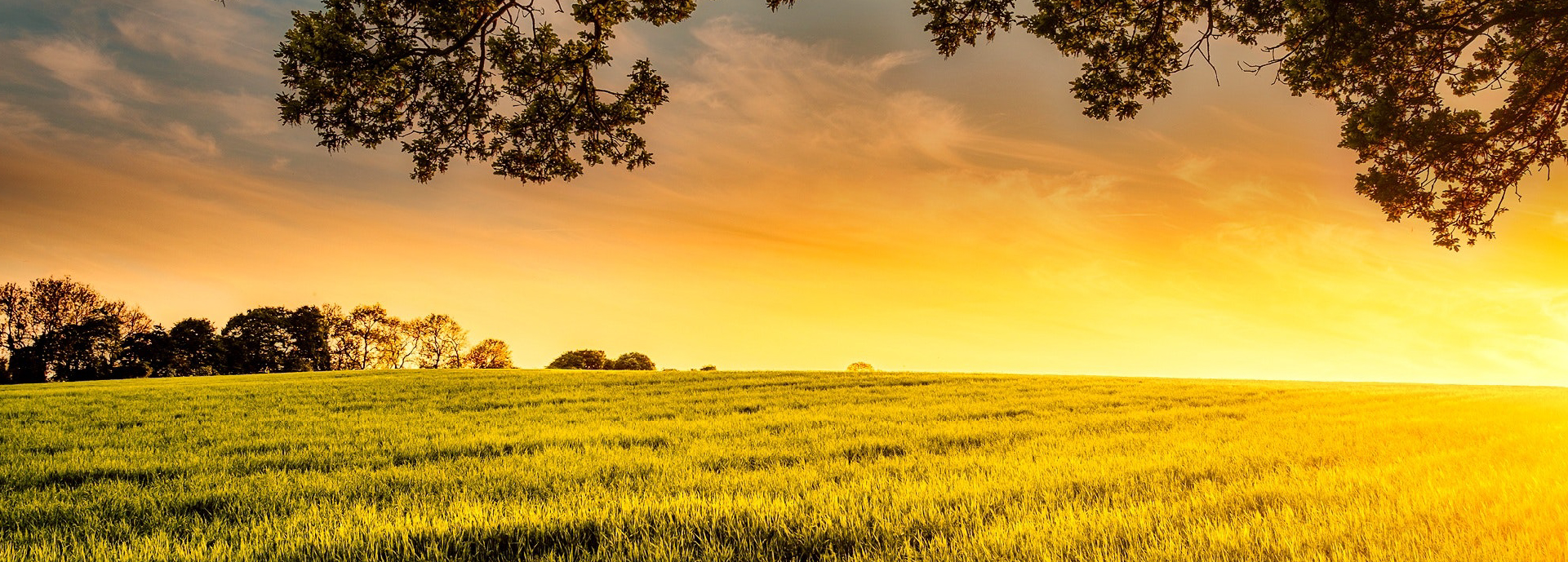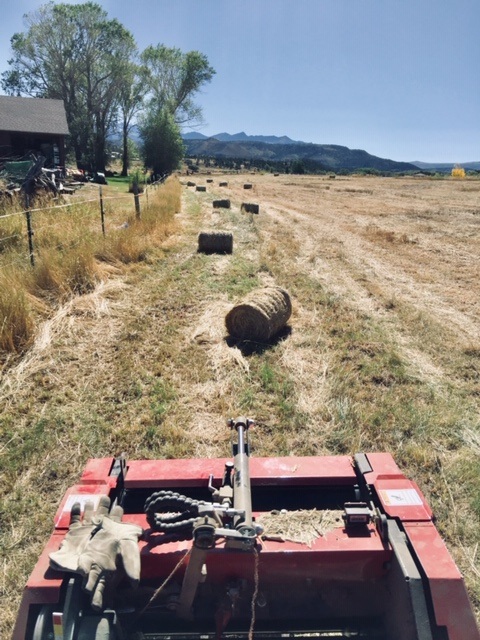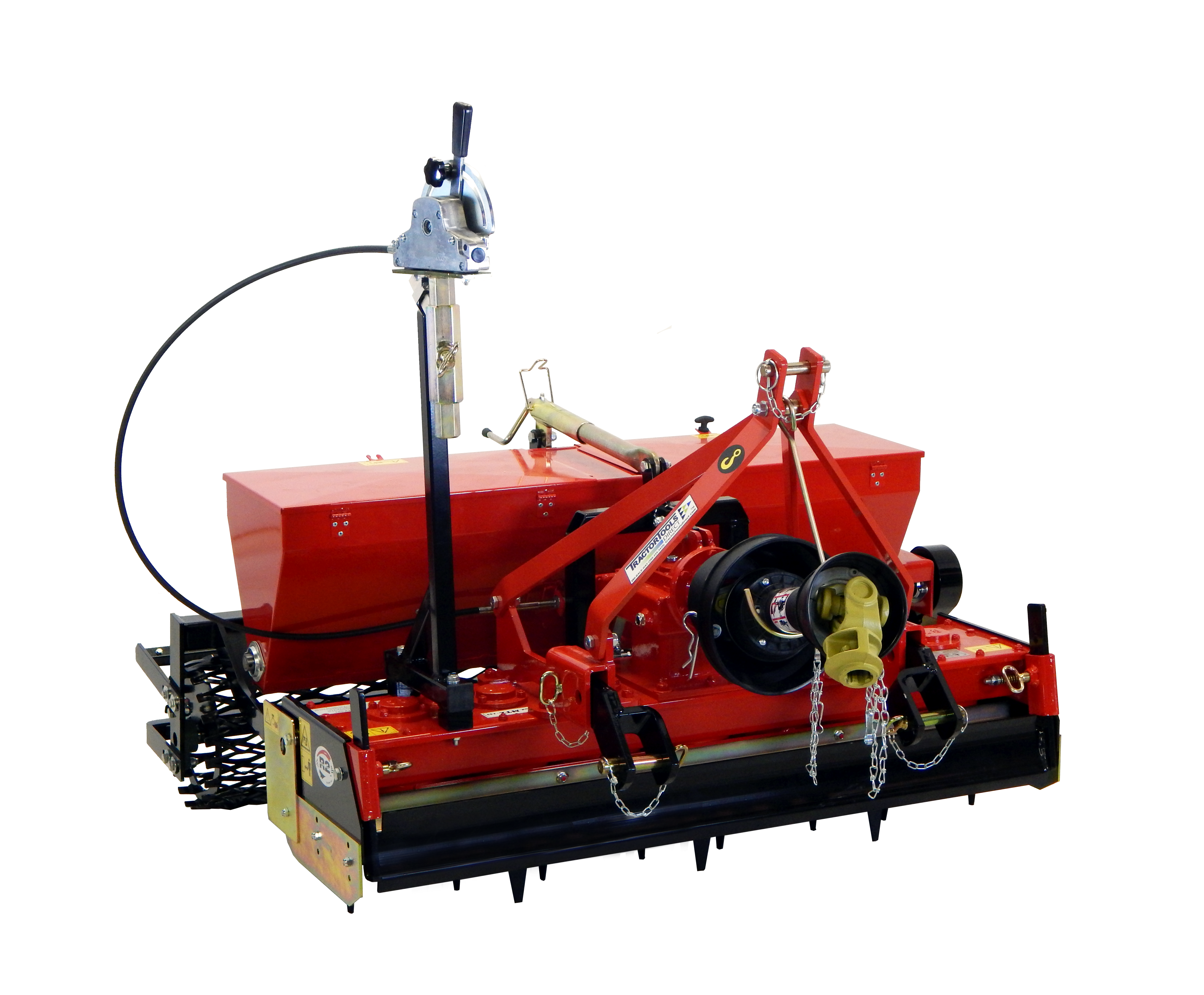Maintaining Your Hay Fields

Healthy and nutritious hay begins with healthy and well-maintained hay fields. When it comes to hay fields, you can only take what you give. Maintaining your fields is a year-round job, but worth the time and effort when it comes to greater high-quality yields.
Before you can give a field what it needs, you should know what it already does or does not have. Performing a soil test is a great place to start. Your local extension office can likely do this for minimal, if any, cost. The process simply involves taking 5 or so soil samples from areas around your field, tossing them in a bag, and dropping the bag off at their office. You should check with your local extension office for other guidelines.
A soil test should be performed every 2-3 years. It will determine the pH and nutrient levels of your field and provide lime and fertilizer recommendations. If the pH is lower than recommended, lime should be applied as far ahead of seeding as possible. As a rule, alfalfa requires higher pH levels than grasses and other legumes, so keeping in mind the composition of your fields will be important. If you do have your testing done by your local extension office, it is easy to get help with the fertilizing process. These offices are always a wealth of information.

There are many sources of fertilizer on small farms that can be applied to fields. Manure from barns can be spread upon fields using either a manure spreader or even by hand. Manure spreading is typically done in the fall or early spring. Most any organic material can be applied to a field to increase organic matter and nutrients. Kitchen compost, leaves, grass clippings, and even wood mulch are all possibilities. In the case of woody composts, it is important to provide the maximum possible time for them to decompose before regrowth, so application right after the last cutting of the year is best.
Weed control is also a crucial factor in field maintenance. How this is accomplished will vary depending upon your geographical location and climate. Some areas are more prone to certain types of thistle and other invasives, while others are more prone to undesirable grasses and even poisonous plants. Again, seeking information at your local extension office will give you guidance that is specific to your area.
Mowing before seed heads appear on weeds is one way of controlling them. Timing is critical and mowing must occur before bloom. If mowing is done after this, seeds can actually be more easily spread thus defeating the purpose. Herbicides can also be used but should be selected based on the specific weeds to be killed. These herbicides can be applied broadly throughout the entire field or spot treatments can be applied. The latter is typically better when dealing with thistles.
Reseeding your fields will be necessary from time to time. This may need to be done in order to maintain the proportions of your desired forage compositions (legumes to grasses for example) or to alter them. It is important that you match the species you intend to plant to your field’s soil type and moisture levels. You must also choose forage varieties that will grow well in your climate.
The timing of the seeding is crucial as well. Seeding in the fall should be done before mid-September in most areas. This will allow seeds to germinate and gain footing before heavy frost. Seeding in the late winter, also known as frost seeding, should be done as close to spring thaw as possible so germination and early growth will coincide. Frost seeding is most common with crops like red clover.
 Seeding can be done with a tractor-mounted seeder, with a hand-crank machine, or even by hand in a pinch. Seed can be broadcast right into the existing stand in most cases. Most legumes will need to be reseeded every few years, as well as some types of grasses. Just keep an eye on your fields and note when the more dominant grasses begin to squeeze out the preferred varieties. You may also note that overall yields begin to decline a few years after reseeding or fertilizing. Good records will help you determine when it’s time to give your fields some attention.
Seeding can be done with a tractor-mounted seeder, with a hand-crank machine, or even by hand in a pinch. Seed can be broadcast right into the existing stand in most cases. Most legumes will need to be reseeded every few years, as well as some types of grasses. Just keep an eye on your fields and note when the more dominant grasses begin to squeeze out the preferred varieties. You may also note that overall yields begin to decline a few years after reseeding or fertilizing. Good records will help you determine when it’s time to give your fields some attention.
If your hay fields are also used for grazing, it is important to know how to rotate between grazings and balings. This can vary on factors such as the size of the pasture, the number of animals, rainfall etc. The key here is to pay attention to the height of the grass. To maintain the vitality of your forage, you should not start grazing pastures before the grasses reach 6-8 inches and should stop once grazed down to 2-3 inches. Grazing grasses under 2 inches can permanently damage forage stands.
Taking into consideration and acting on all of these factors will enable you to keep your hay fields in top shape. Healthy fields will produce healthy hay. Healthy hay will produce healthy livestock. And that, after all, is the ultimate goal of any small-farm operation.
Sources
ttps://myfarmlife.com/livestock/caring-for-hay-fields/
https://texashaynet.com/blogs/blog/131945795-pasture-management-101
https://www.farmprogress.com/pasture/6-steps-to-better-new-pasture-hay-stands
Recent Posts
-
Best Front Loader Attachments for Your Kubota BX Series Tractor
If you own a Kubota BX-series compact tractor, you already know it’s a versatile machine — but p …Dec 30th 2025 -
Boost Pine Straw Production Efficiency with Ibex Mini Round Balers
At Tractor Tools Direct, we're known for our high-quality hay equipment tailored for small farms …Dec 8th 2025 -
How to Winterize Your Tractor: Essential Maintenance Tips to Protect Your Investment
Farm equipment is one of the most valuable investments a farmer can make. At Tractor Tools Direc …Dec 1st 2025




